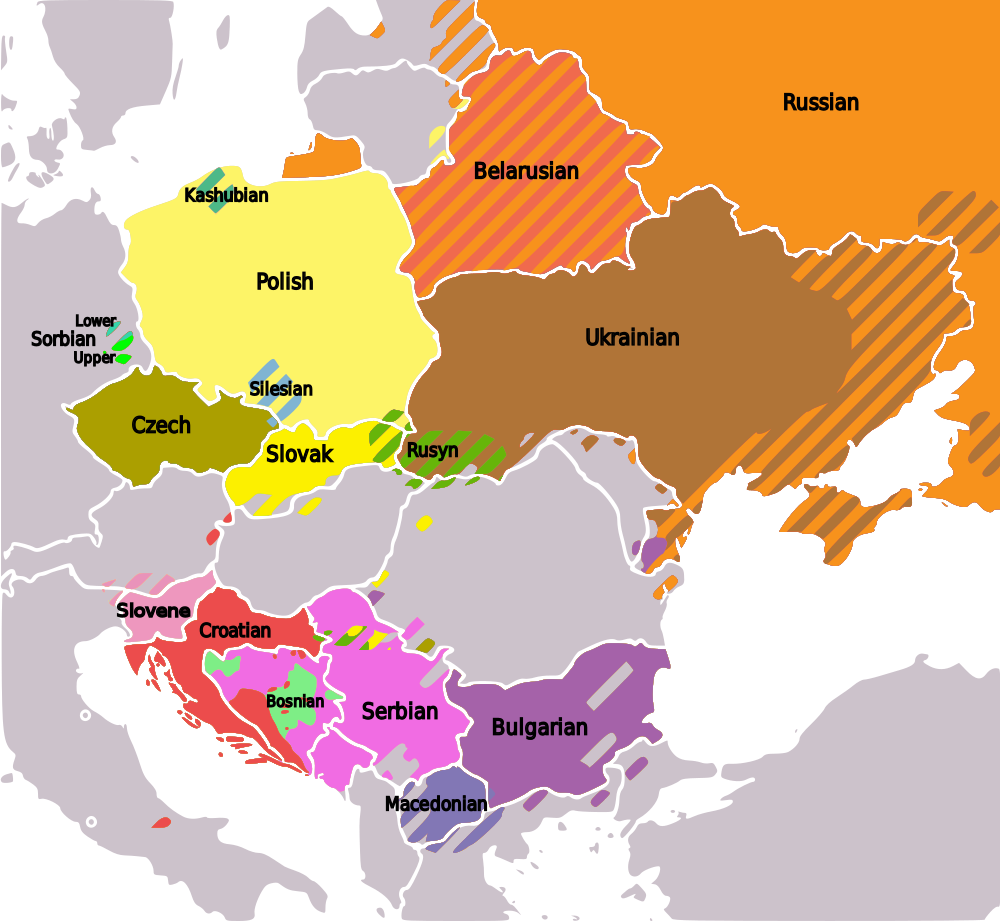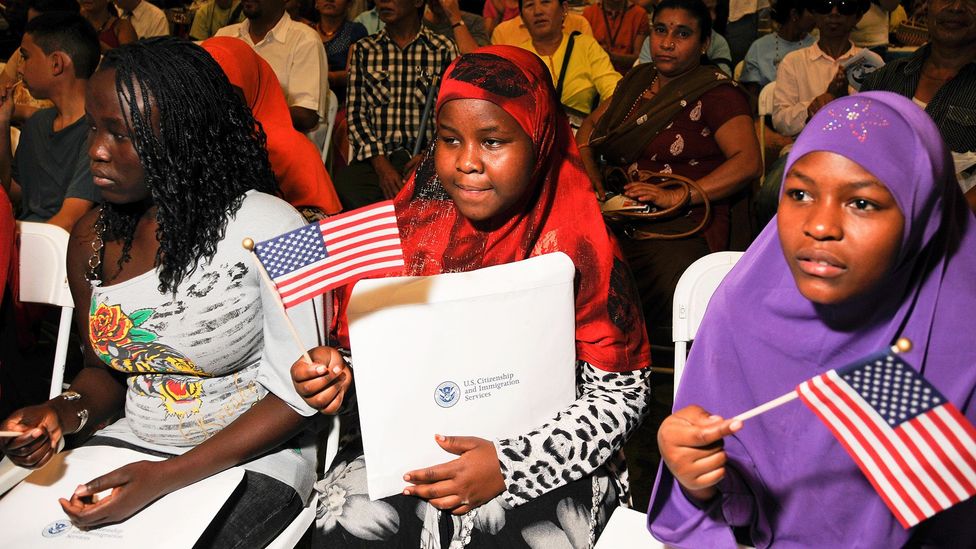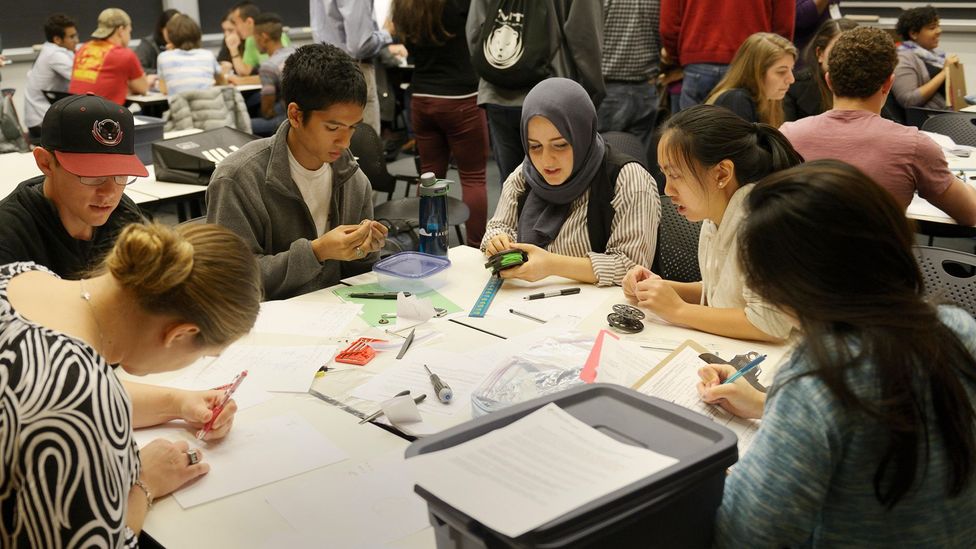to record another language over the original language что это
To record another language over the original language что это
Войти
Авторизуясь в LiveJournal с помощью стороннего сервиса вы принимаете условия Пользовательского соглашения LiveJournal
10 приоритетов при изучении языка (с) the Guardian
процесс переваривания будет идти хорошо, если мы будем начинать с центральных вещей, постепенно выходя на периферию. * Принцип концентрических кругов в понимании английского и всех прочих систем
здесь я не согласен. все мы взрослые люди, и я полностью разделяю мнение Джорджа Карлина в этом 23-секундном ролике:
я учил 11 языков и ни разу не заморачивался с карточками.
* 4 причины, почему не работают тематические списки
If you’re still not convinced of your chances, Ralby suggests drawing inspiration from early philologists and founders of linguistics who “learned dozens of languages to encyclopaedic levels as adults”.
когда мы игнорируем грамматику и учим язык «в разговорном стиле», довольно быстро обнаружим, что мертвi бджоли не гудуть буксуем.
* Метод Замяткина: Молоток против Пилы * Про адаптированные тексты
Travel and living abroad can complement learning in the classroom: “The books and verb charts may be the easiest way to ensure you expose yourself to the language at home, but the people and the culture will far outclass them once you get to the country where your language is spoken.”
Converting Code From One Programming Language to Another
Tips for Translating and Porting Code
This week I was building out a web service. I wanted to implement a specific algorithm as part of the service, but I am a strong believer in “don’t reinvent the wheel”. Surely the piece of code I needed existed somewhere and I just had to find it. So I scoured the internet and to my disappointment, I was only able to find an implementation of the algorithm in a different language. I found a Javascript implementation, however, my web service was being built on a Ruby framework. Then this got me thinking about translating or converting code between languages.
Translating
So my first thought was, maybe there is something like Google Translate out there but for programming languages. I would much rather just copy and paste and click instead of manually rewriting the code.
In theory, if the programming languages are Turing complete, the code is translatable to any other. So do translators for programming languages exist? Yes! Compilers convert one programming language into another. Usually, compilers are used to convert code so the machine can understand it. If we want it to be human-readable, we need a subset of compilers called transpilers. Transpilers also convert code however the output is generally understandable by a human.
Ok, so why not just use a transpiler? It will give you a translation, however, it will not be an easy-to-read, idiomatic translation. A proper translation just doesn’t work like that. This is why in high school French class, our teachers could tell if we wrote the entire essay in English and just hit the translate button. It’s just not as good. It may be ok for machines but if you want code that’s good for humans to read, then it has to come from a human.
It may be better to just do your conversion manually. At the end of the day, we use programming languages for humans to understand. Computers only understand 1s and 0s anyway. So if your end result works but isn’t human-readable, why bother? You want to be able to debug, troubleshoot, or change the code.
That’s not to say transpilers are useless. A good tool can help reduce the time it takes for you to write the translation. But in general, after using a machine-translater you will still have to do tweaks to make sure it all works smoothly. But who knows what’s in store for the future! Companies right now are working on using AI to create language-independent representations of a program that can then be converted to any particular language.
Porting
So now I’ve decided I was going to change the code manually or I was going to port the code. Porting generally refers to adapting a large block of code to something else. It is the process of translating a program from one environment or tech stack to another. This process can require changing the programming language the code is written in, but not always. For example, converting an Android app so that it can work on iOS.
Remember : Even if you are rewriting code someone else wrote in another language, you should always acknowledge the original project.
6 Steps to Consider:
1. Use Tests
Before starting this endeavor, you need some criteria for success. I recommend Test-Driven Development (TDD). Write black box tests for your original code and confirm they pass. Now when you write out your newly ported code, you can ensure it works by using the same tests.
2. Ensure a Good Understanding of Both Languages
I would not recommend translating code if you are uncomfortable in one or both of the languages. To succeed, you will need to understand the syntax, idioms, and styles of both languages. This is because you don’t write and design code the same way in different languages. A literal translation is not the right attitude since you should be really thinking in the new language and rewriting it. This requires a deep knowledge of the languages.
3. Fully Understand the Architecture and Design of the Code
Now that you understand the languages, it’s time to understand the project. This is crucial. You must spend time understanding what the code is doing and the system the code is a part of. What are the design patterns used? How does the data flow through the system? What is the format of the data? Do you understand the algorithms used? Are there any side effects of the functions? Once you are comfortable with this, you can start coding.
5. Take Small Bites
When coding your translation, do small parts at a time. Don’t jump into pages of code right away. Go function by function. Keep the translating simple, use the same variable and function names to help you keep track. If you see a way to improve the original code or an issue, do not try to fix it now. We are just going for a copy, we can worry about best practices and conventions after we know we have a translation that passes tests.
4. Focus on Functionality and Not Code
When translating, focus on translating the functionality and not necessarily the exact code written. This can help you take advantage of the strengths of the new language. You can leverage things like built-in functions to achieve the same functionality in the new language. This can help save some time and effort.
6. Make Sure it All Works and Clean Up
When the conversion is completed, make sure it works (using your tests!). Once the tests are passing you can focus on improving the new code. You can make changes based on best practices and conventions. You can start to change variable names or whatever else until you are happy with the end result.
To record another language over the original language что это
Task 3. You are going to give an interview. You have to answer five questions. Give full answers to the questions (2−3 sentences). Remember that you have 40 seconds to answer each question.
Tapescript for Task 3
Interviewer: Hello everybody! It’s Teenagers Round the World Channel. Our guest today is a teenager from Russia and we are going to discuss English. We’d like to know our guest’s point of view on this issue. Please answer five questions. So, let’s get started.
Interviewer: How do you use English in your daily life?
Interviewer: Do your relatives know English well?
Interviewer: Should public schools put more emphasis on the English language? Why?
Interviewer: How does English help people in different countries?
Interviewer: In your opinion, will another language take over the English’s role of an international language?
Interviewer: Thank you very much for your interview.
1) I have a couple of English-speaking friends online. To communicate with them, I use English.
2) My mom knows English really well and uses it regularly. Unfortunately, my other relatives have much less knowledge in English, with only basic reading skills.
3) I believe that schools should focus more on English. It will allow students to communicate with almost any person around the world effectively.
4) English serves as a universal language. Therefore, it can connect people from vastly different backgrounds and countries, helping them communicate with each other.
5) I don’t think that English will be replaced in near future. Its speakers are much more geographically spread than the nearest language that can serve its purpose — the Chinese language.











